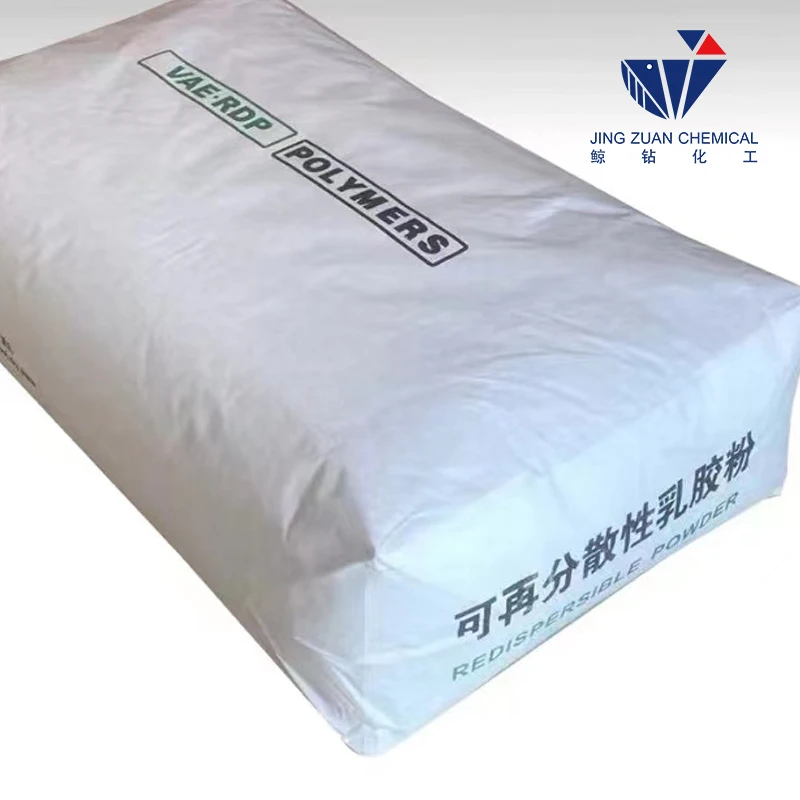
Dec . 12, 2024 06:09 Back to list
hpmc gel preparation
Preparation of HPMC Gel A Comprehensive Guide
Hydroxypropyl methylcellulose (HPMC) is a widely used polymer in pharmaceutical and cosmetic formulations. It serves as a thickening agent, emulsifier, and stabilizer, and is particularly effective in creating gels. This article outlines the preparation of HPMC gel, discussing the materials required, the process, and key considerations to ensure optimal results.
Materials Required
To prepare HPMC gel, the following materials are typically needed
1. Hydroxypropyl Methylcellulose (HPMC) The primary thickening agent. The grade chosen will depend on the desired viscosity and gel properties. 2. Water Distilled or deionized water is recommended to avoid impurities. 3. Preservatives (if necessary) Depending on the formulation, preservatives may be included to prevent microbial growth. 4. Additives These could include active pharmaceutical ingredients, fragrances, or colorants, depending on the intended use.
Equipment Needed
The preparation of HPMC gel requires specific equipment to ensure a homogeneous and stable product
1. Beakers For mixing the ingredients. 2. Magnetic Stirrer To facilitate even dispersion of HPMC in water. 3. pH Meter To measure and adjust the pH of the gel if necessary. 4. Thermometer To monitor the temperature during gel preparation.
Preparation Process
The process of preparing HPMC gel can be broken down into several key steps
1. Initial Dispersion - Begin by measuring the appropriate amount of HPMC powder based on the desired gel concentration. Typically, concentrations range from 1% to 5%. - Slowly sprinkle the HPMC powder into a specific volume of cold distilled or deionized water while stirring continuously with a magnetic stirrer. This step is crucial as it prevents clumping and ensures a smoother dispersion.
2. Hydration - Allow the mixture to hydrate. This usually takes about 30 minutes, during which the HPMC granules absorb water and swell. The mixture should be stirred intermittently to ensure even hydration.
hpmc gel preparation

3. Heating (if required) - In some formulations, heating the mixture to about 60-70°C can help solubilize the HPMC more effectively. However, it is essential to ensure that the temperature does not exceed the degradation temperature of HPMC (which varies depending on the grade, but generally should not exceed 100°C).
4. Cooling - Once fully hydrated and dissolved, remove the mixture from heat and allow it to cool to room temperature. The gel will thicken further as it cools.
5. Adjustment of pH (if applicable) - Measure the pH of the gel. If necessary, adjust the pH to a suitable level for the specific formulation. This can be done using citric acid to decrease pH or sodium hydroxide to increase it. Always stir the gel thoroughly after any adjustments.
6. Incorporation of Additives - If the gel formulation includes any active ingredients, colorants, or fragrances, incorporate them at this stage. Ensure that these additives are evenly distributed throughout the gel.
7. Final Mixing - Stir the gel for an additional few minutes to ensure uniformity. If necessary, use a homogenizer for a finer texture.
8. Storage - Transfer the prepared gel into clean, sterilized containers. Label appropriately, indicating the contents and preparation date. Store the gel in a cool, dry place away from direct sunlight.
Key Considerations
While preparing HPMC gel, consider the following
- Concentration Higher concentrations of HPMC will yield thicker gels. Adjust according to the intended application. - Temperature Control Some properties of HPMC are temperature-dependent; therefore, maintaining the right temperature during dissolution is crucial. - Stability Testing If the gel is intended for long-term use, conduct stability testing to ensure it maintains its properties over time. - Compatibility Ensure compatibility of all added ingredients to avoid negative interactions.
Conclusion
The preparation of HPMC gel is a straightforward yet meticulous process that requires attention to detail. By following the outlined steps and considerations, formulators can create high-quality gels suitable for diverse applications in pharmaceuticals and cosmetics. Proper preparation ensures that the final product is effective, stable, and safe for use.
-
Versatile Hpmc Uses in Different Industries
NewsJun.19,2025
-
Redispersible Powder's Role in Enhancing Durability of Construction Products
NewsJun.19,2025
-
Hydroxyethyl Cellulose Applications Driving Green Industrial Processes
NewsJun.19,2025
-
Exploring Different Redispersible Polymer Powder
NewsJun.19,2025
-
Choosing the Right Mortar Bonding Agent
NewsJun.19,2025
-
Applications and Significance of China Hpmc in Modern Industries
NewsJun.19,2025







